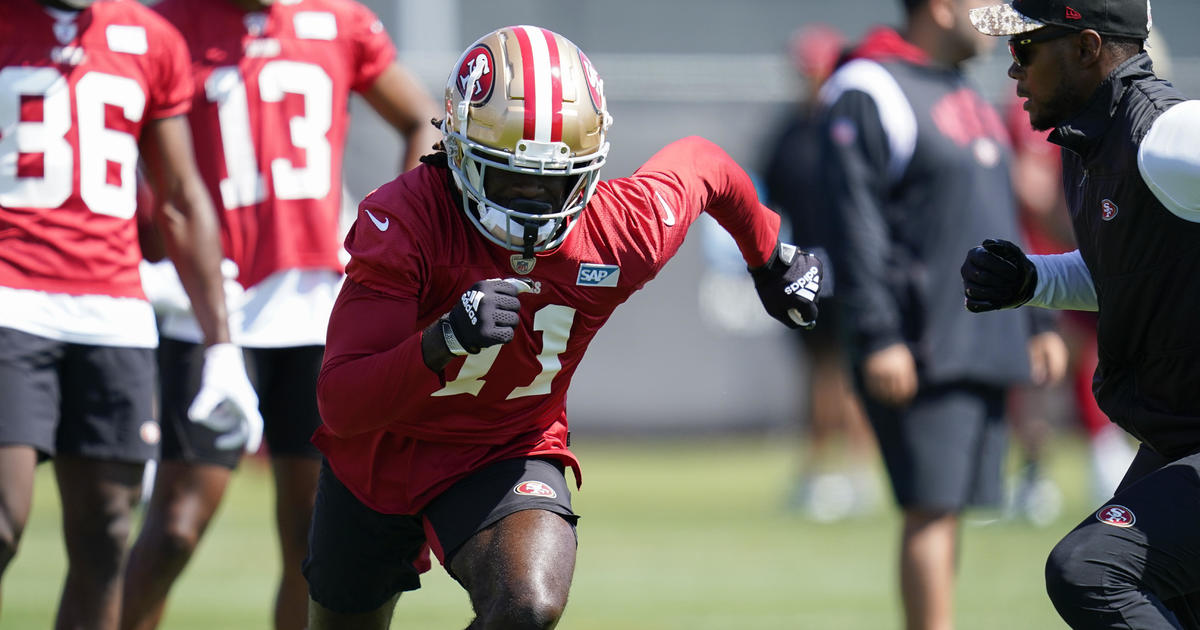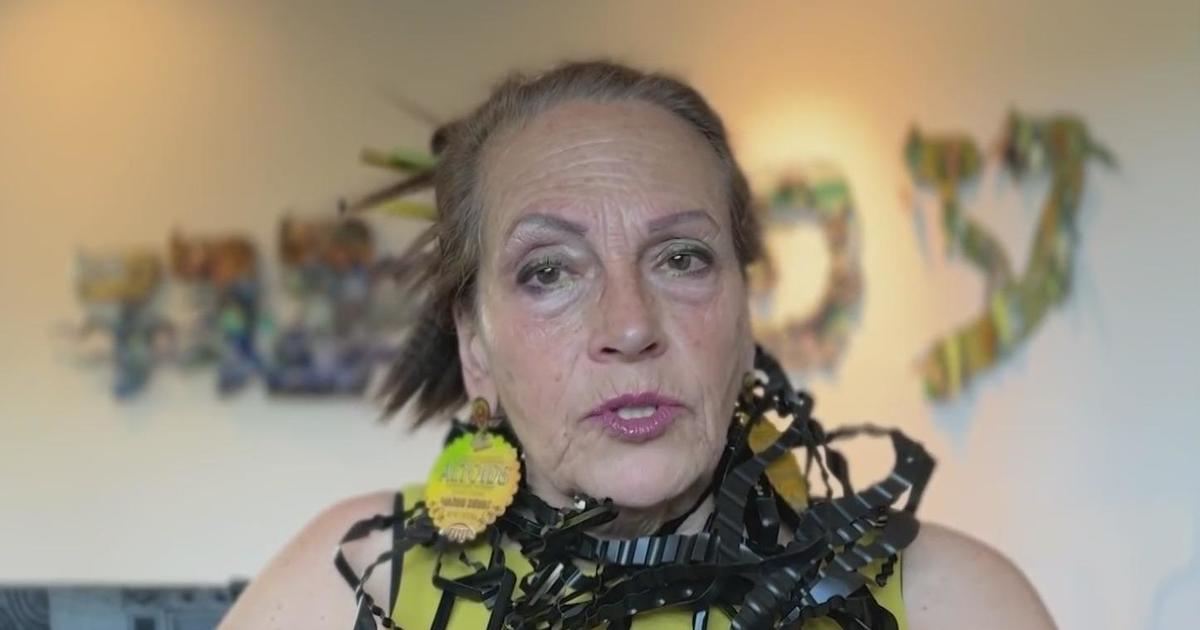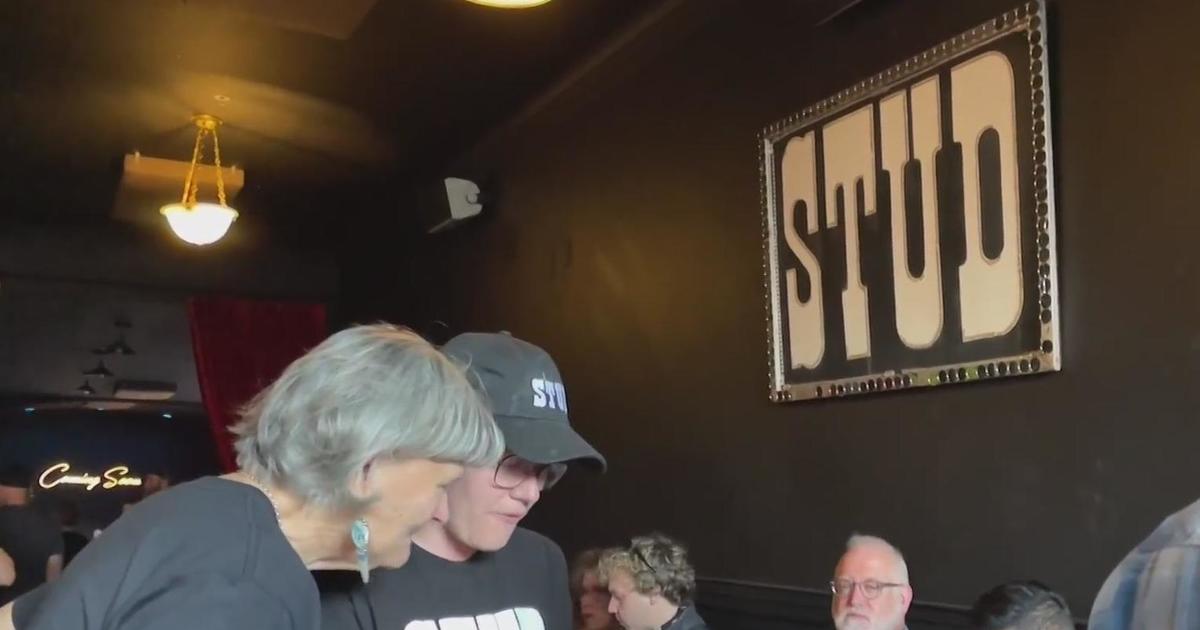San Jose Japantown residents sleeping easier with new railroad quiet zone
SAN JOSE – People living near Japantown in San Jose will no longer have to hear blaring train horns in the wee hours, after a "partial quiet zone" was established along several Union Pacific railroad crossings.
Residents along a freight rail line are sleeping much easier thanks to the long-awaited change. Horns will no longer sound at night, now that the zone has been established at 14 intersections.
The freight corridor has been here for a long time, but it wasn't until about three or four years ago that Union Pacific started using it at night. Neighbors immediately started asking for a solution, and now they have a partial one.
"I mean, I grew up here, so I've gotten used to it," Avril Cancino said of the train horns behind her home. "That's why I didn't pay attention to it too much anymore. Until we got a dog."
For everyone living close to, or in some cases right up against, these tracks, the last few years have brought nights punctuated by horns reaching 100 decibels. But relief has finally arrived, at least between the hours of 10 p.m. and 7 a.m.
"He howls every time the train comes," Cancino said of her dog. "So it has been a lot nicer. We definitely get better sleep."
"I think it is particularly important as we see a lot more housing coming into this area," said Jessica Zank with the San Jose Department of Transportation.
Horn blasts are required by federal safety guidelines, so getting this partial quiet zone really did take help from Congress.
"It's not an easy process," Union Pacific's Francisco Castillo said of the changes. "It's a lot of coordination with many entities: local, state, county, federal."
Losing the horns at night did require making other safety changes to about a dozen intersections, and what you see here is just the temporary work.
"We are also working with them on a permanent build out of this, that changes where all the signaling infrastructure goes, those ramps, those flashers," Zank explained to KPIX 5. "So that this intersection is restored to more full functionality, better pedestrian experience, etc."
"I didn't hear about it," Cancino said of the changes. "We just saw that they put up the signs."
For those who didn't hear the change coming, it has been a pleasant surprise.
"So it does make it better," Cancino told KPIX 5. "At first it seemed odd to me. But in a good way. In a good way."
San Jose would like to go to a full quiet zone, no horns 24/7, but that would take time and money. The partial effort alone will cost about $12 million.





